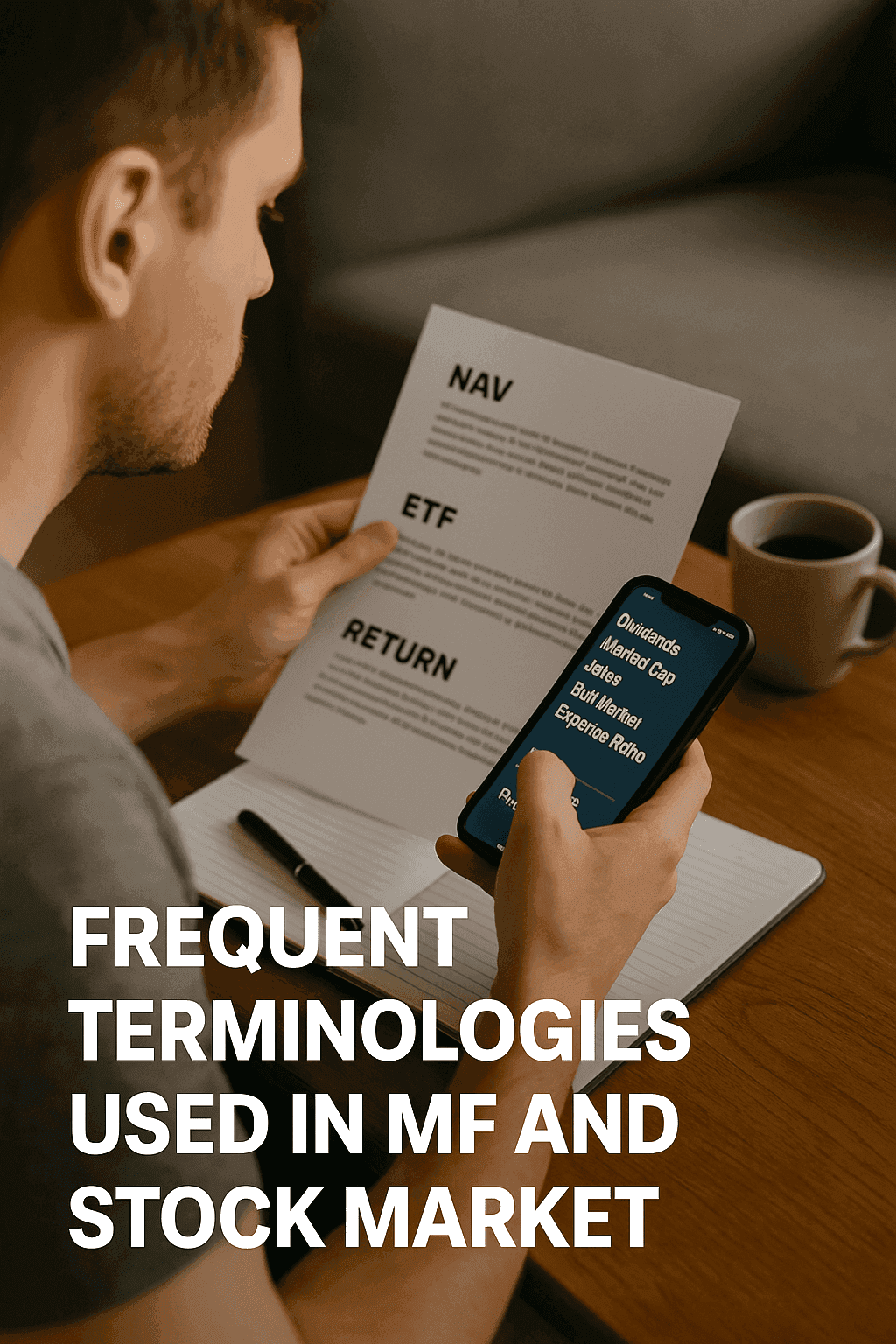Introduction:
The mutual fund industry in India has witnessed exponential growth, especially after the COVID-19 pandemic. According to AMFI data, the number of investor folios has increased from 9.15 crore on 30th June 2020 to 24.13 crore on 30th June 2025 — more than a two-and-a-half-fold rise in just five years.
This rapid growth shows that people have become more aware of the need to save and invest. However, not everyone is skilled in analyzing stocks, bonds, gold, or other asset classes. The good news is — you don’t need to be an expert to invest in mutual funds.
Every mutual fund is managed by a professional Fund Manager who possess a sound knowledge of Mutual Funds, takes care of investment decisions. Still, beginners often feel lost or overwhelmed when starting their mutual fund journey. That’s why we’ve created a step-by-step guide to help you understand the concepts clearly and build confidence in investing.
This article is your starting point. It outlines the structure of what you’ll learn. Each topic listed below will soon become a full article linked back here — so you can explore the knowledge of mutual funds in an organized and progressive way.
A Beginner’s Guide to Mutual Funds – Part 1
📚 Table of Contents:
Introduction
Why This Guide Is Ideal for Mutual Fund Beginners
Chapter 1
What is an AMC (Asset Management Company)? Where do AMCs invest?
What is AUM (Assets Under Management)?
Popular AMCs in India with respective AUM
Chspter 2
What Are the Responsibilities of a Fund Manager?
Chapter 3
What are the different types of classification of Mutual funds?
What is a Direct fund and Regular fund?
Chapter 4
What are the two types of investment processes?
What is a Lumpsum Investment?
What is a SIP investment? What is Rupee Cost Averaging?
Chapter 5
What is a Portfolio?
What is portfolio diversification ?
Types of portfolio diversification
Chapter 6
How to Invest in Mutual Funds?
What is KYC
What is Cut-off Time?
What is a Pending Order ?
What is an Executed Order?
Chapter 7
How to Redeem (Sell) a Mutual Fund?
What are CDSL, NSDL, and TPIN?
What is Exit Load?
What is SWP (Systematic Withdrawal Plan)
d. STP (Systematic Transfer Plan)?
Chapter 8
How to Calculate Mutual Fund Returns ?
What is CAGR?
How to Use Mutual Fund Calculators?
Chapter 9
Risk in Mutual Funds
What are the types of risks in mutual funds? (Market risk, credit risk, interest rate risk, liquidity risk, etc.)
Riskometer: What is it and how to interpret it?
Risk vs Return concept
Chapter 10
Taxation of Mutual Funds
What are STCG and LTCG?
Tax on equity vs debt mutual funds
Tax benefits under ELSS (Section 80C)
Indexation benefit (for debt funds)
Chapter 11
Role of SEBI and Mutual Fund Regulations
What is SEBI?
How mutual funds are regulated in India?
Investor safety and transparency norms
Chapter 12
How to Select the Right Mutual Fund?
What is a Fund Fact Sheet?
Chapter 13
What are the rules to follow to be a Successful Mutual Fund investor?
📌Note
Until all chapter-specific links are added, you can refer to my detailed post — Frequently Used Terminologies in Mutual Funds and Stock Market — to understand the definitions of important terms mentioned throughout this series. This will help you grasp the concepts more clearly as you read along
Advanced Studies of Mutual Funds– Part 2
If you’re ready to go beyond the basics, we also offer practical research, case studies, and advanced analysis on mutual fund investing.
👉 To explore advanced topics and deepen your knowledge of mutual funds, click on the button.
Advanced StudiesDisclaimer:
“This article is for educational purposes only. Read our full disclaimer .”




